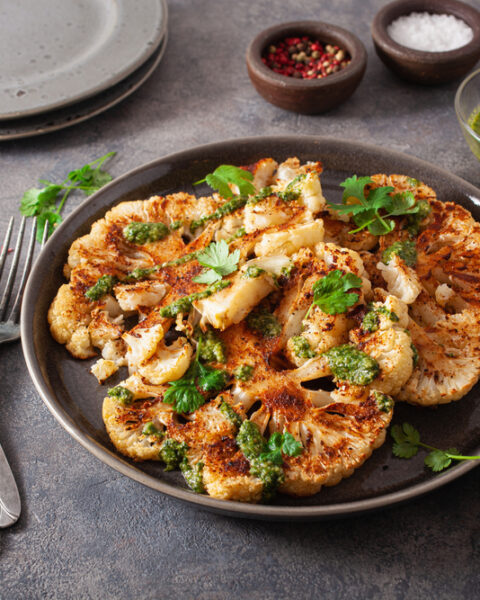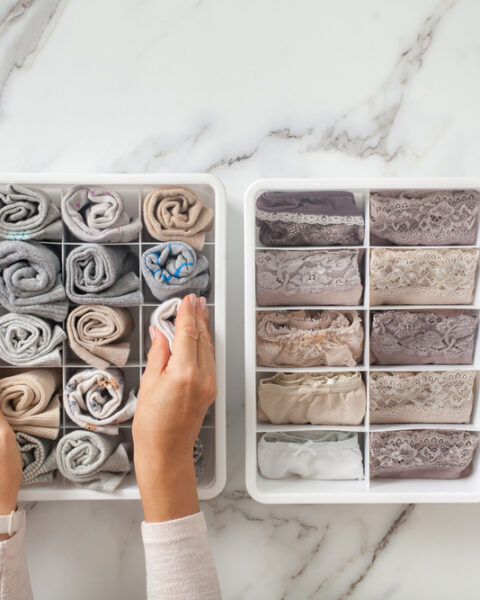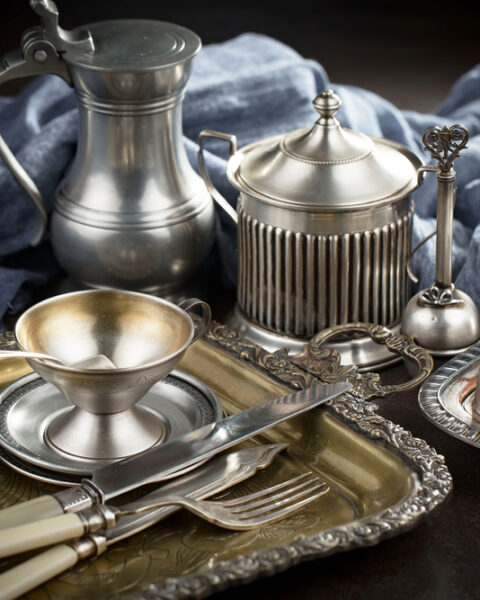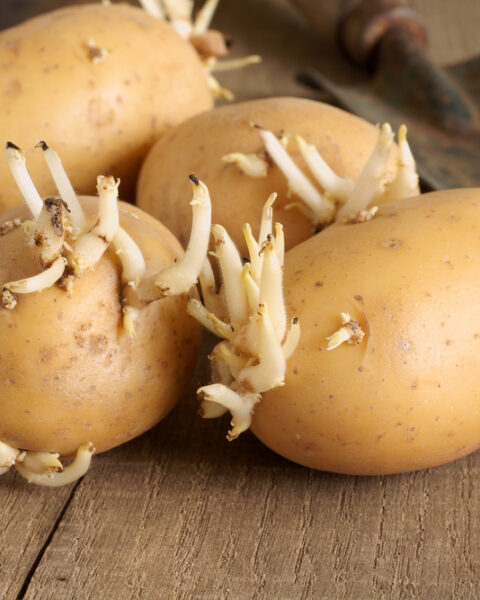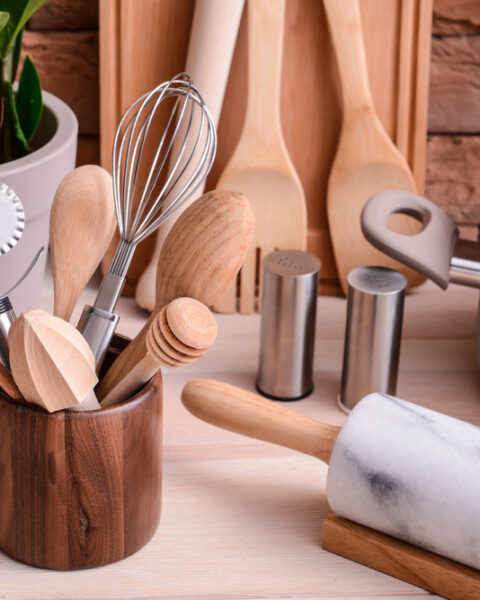When you have a small garden, making the most of every inch can feel like a bit of a puzzle. But with a little creativity and the right strategies, even the tiniest spaces can be transformed into lush, vibrant gardens. Whether you’re working with a compact backyard, a tiny balcony, or just a small patch of earth, there are countless ways to bring life and beauty to your space. From vertical gardening to clever use of containers, these ideas will help you turn your small garden into a thriving oasis. So, let’s dive into some practical and inspiring ways to maximize your garden’s potential!
Contents
- 1 Raised Garden Beds
- 2 Container Gardening
- 3 Mirror Placement
- 4 Hanging Planters
- 5 Tiered Planters
- 6 Foldable Furniture
- 7 Compact Vegetable Varieties
- 8 Vertical Wall Planters
- 9 Small Water Features
- 10 Modular Furniture
- 11 Balcony Railing Planters
- 12 Garden Benches with Storage
- 13 Narrow Pathways
- 14 Reflective Surfaces
- 15 Miniature Trees
- 16 Edible Landscaping
- 17 Garden Trellises
- 18 Stackable Planters
- 19 More From RetailShout
- 20 15 Creative Gift Ideas You Can Put Together from Dollar Tree
- 21 26 No-Bake Treats to Satisfy Your Sweet Tooth
Raised Garden Beds
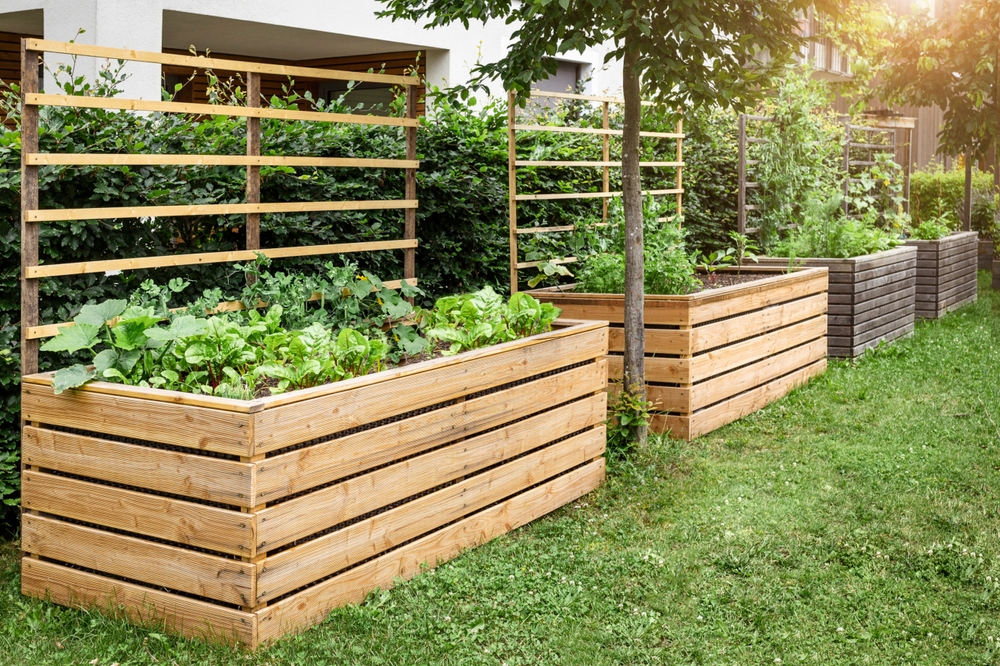
Raised garden beds are perfect for small spaces, providing better soil drainage and accessibility. They allow you to define your planting areas while also adding visual interest to your garden. Constructed from wood, stone, or metal, these beds can be tailored to fit your specific garden size and style. Raised beds are also easier to manage and can be placed on patios or terraces. This setup helps prevent soil compaction and provides optimal growing conditions for your plants.
Container Gardening
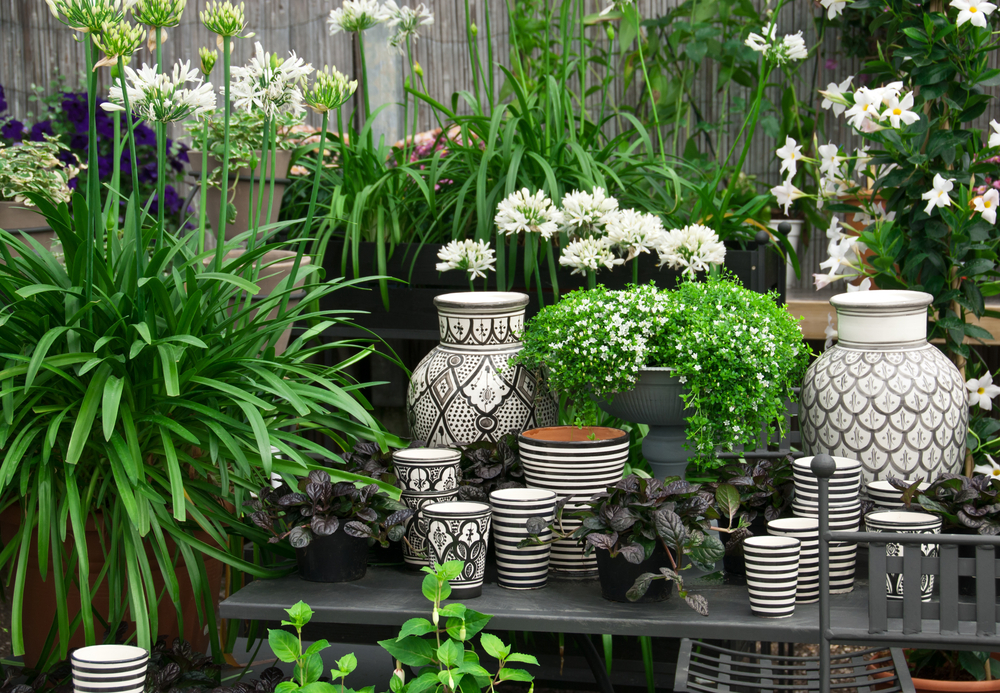
Container gardening offers flexibility, allowing you to move plants around to catch the sun or create different visual effects. Pots and containers can be placed on steps, windowsills, or small patios. Select containers that fit your space, such as tall, narrow pots for corners or wide, shallow ones for ledges. Grouping different plants in larger containers creates a lush, layered look. This method is especially useful for growing herbs, flowers, and small vegetables in confined spaces.
Mirror Placement
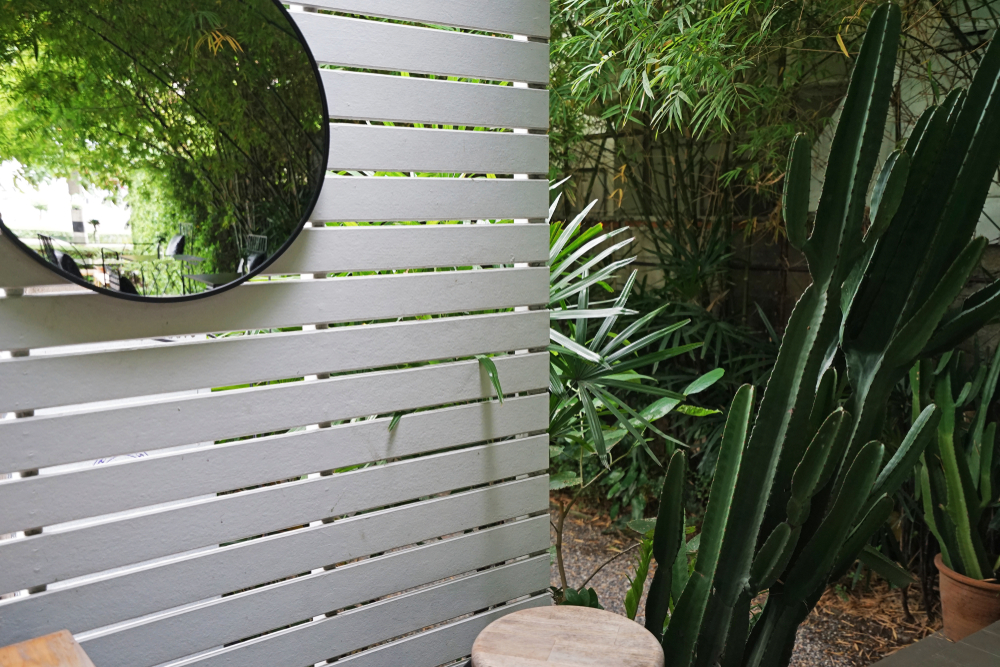
Using mirrors in your garden can create the illusion of a larger space. Strategically placed mirrors reflect light and greenery, making your garden appear more expansive. This trick works well in small, enclosed gardens where natural light might be limited. By reflecting the surrounding plants and sky, mirrors can visually double the size of your garden. This technique also adds a unique decorative element, blending function with design.
Hanging Planters
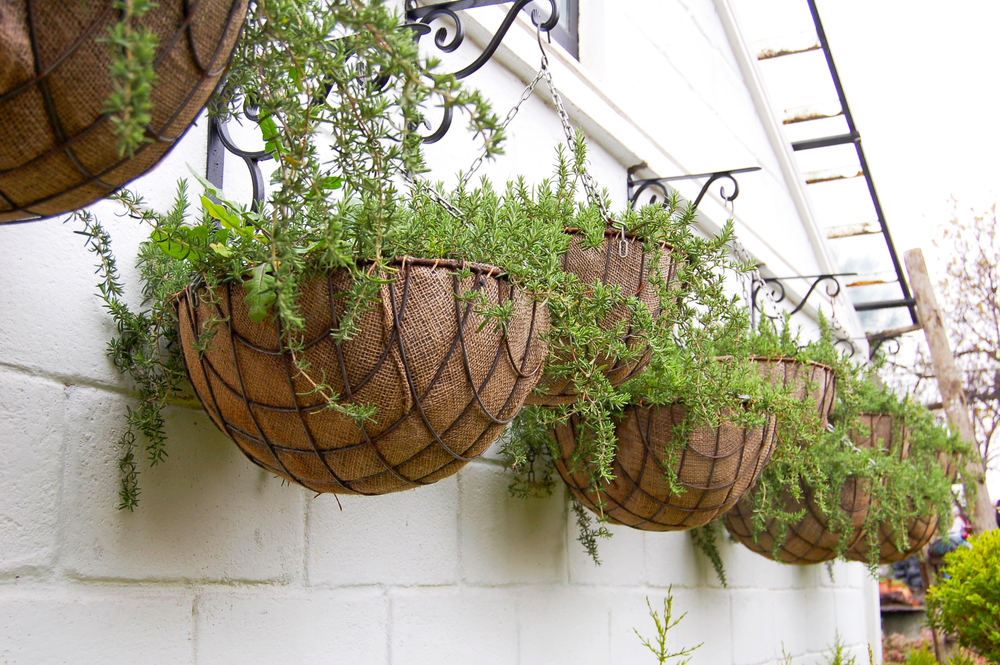
Hanging planters are a great way to utilize vertical space and add greenery without taking up floor area. You can hang them from pergolas, balcony railings, or even tree branches. These planters are perfect for trailing plants, herbs, and small flowers. They bring plants up to eye level, creating a more immersive garden experience. Hanging planters also make it easy to change your garden’s look by simply swapping out plants or adjusting their placement.
Tiered Planters
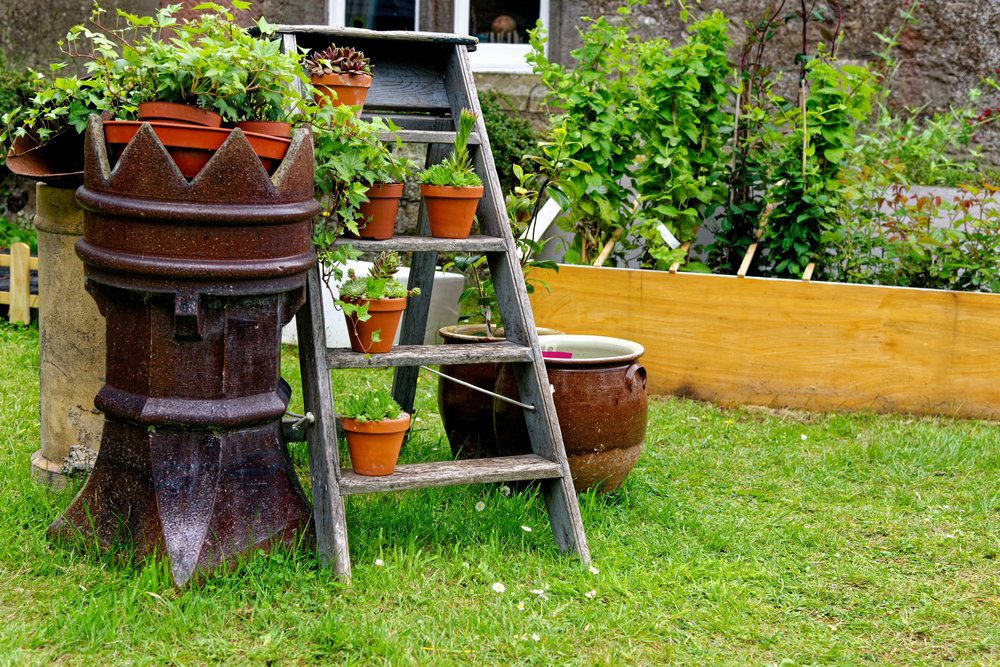
Tiered planters allow you to stack multiple plants vertically, making efficient use of limited space. These planters can be placed against walls or in corners, turning unused areas into productive garden spots. Tiered designs are ideal for growing a variety of herbs, flowers, and small vegetables. They also add depth and dimension to your garden, making it feel larger and more dynamic. This approach is both practical and aesthetically pleasing.
Foldable Furniture
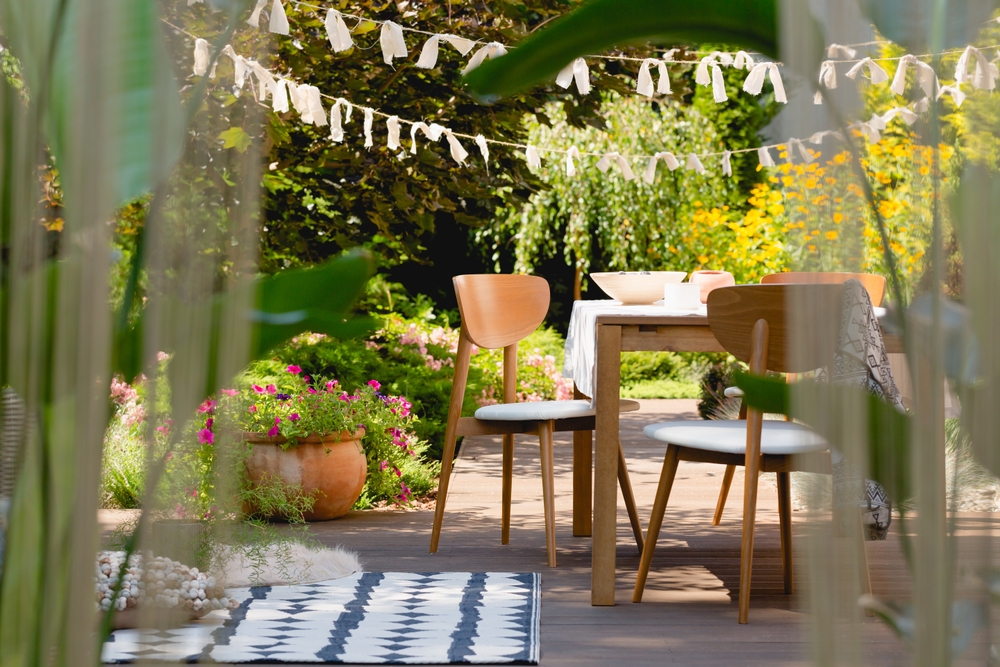
Foldable furniture is a smart choice for small gardens, as it can be easily stored away when not in use. This frees up space for other activities like gardening or simply enjoying your outdoor area. Foldable chairs and tables are perfect for patios, balconies, and small backyards. Look for designs that are compact yet sturdy, providing comfort without taking up too much room. This type of furniture allows you to adapt your garden space according to your needs.
Compact Vegetable Varieties
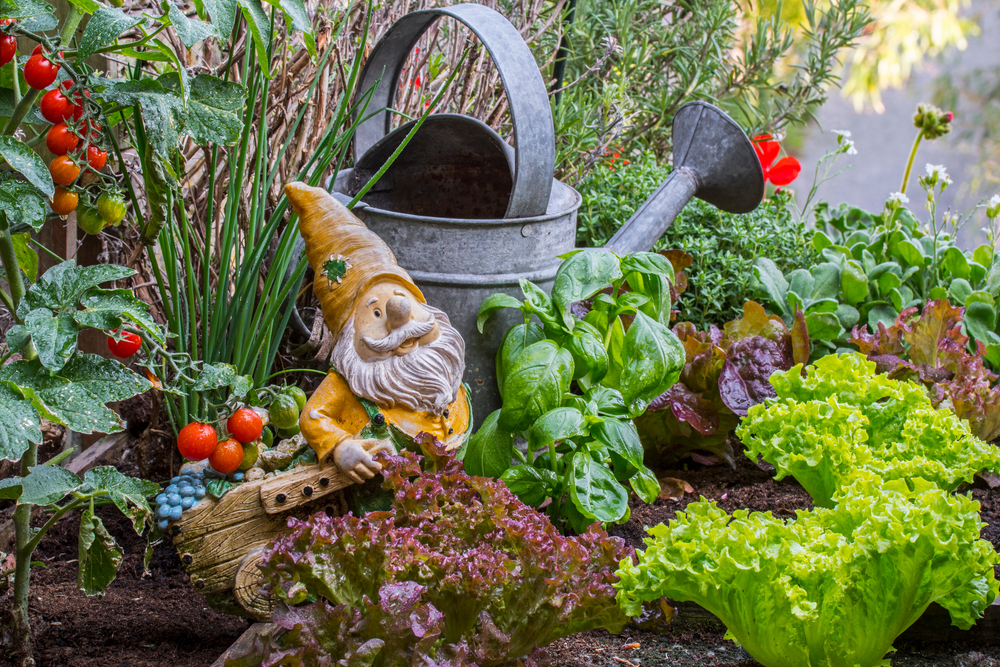
Choosing compact or dwarf vegetable varieties is essential for small gardens. These plants take up less space while still providing a good yield. Examples include dwarf tomatoes, compact lettuces, and mini bell peppers. These varieties can be grown in containers, raised beds, or small plots. They allow you to enjoy homegrown produce even in limited spaces. By selecting plants specifically bred for compact growth, you can maximize your garden’s productivity.
Vertical Wall Planters
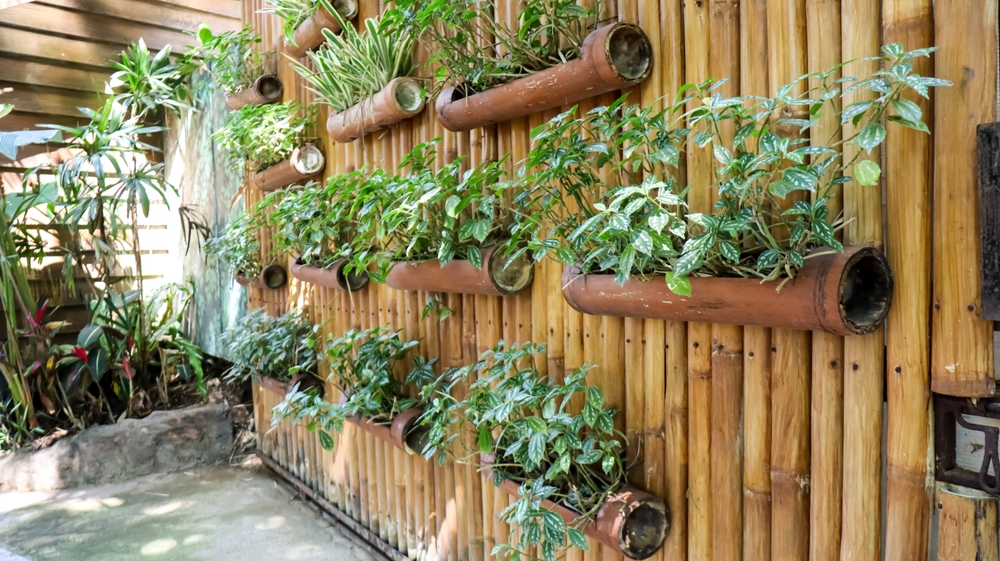
Wall planters are a fantastic way to add greenery to vertical surfaces. These planters can be attached to fences, walls, or balcony railings, turning bare spots into lush garden areas. They are perfect for herbs, succulents, and small flowering plants. Wall planters also make it easy to create a living wall or vertical herb garden. This technique is ideal for urban gardens where ground space is scarce.
Small Water Features

A compact water feature, such as a small fountain or pond, can add tranquility and visual interest to your garden without taking up much space. These features can be integrated into corners or nestled among plants. The sound of running water also helps mask city noise, creating a peaceful retreat. Small water features are available in various designs, from modern to rustic, ensuring they fit seamlessly into your garden’s aesthetic.
Modular Furniture
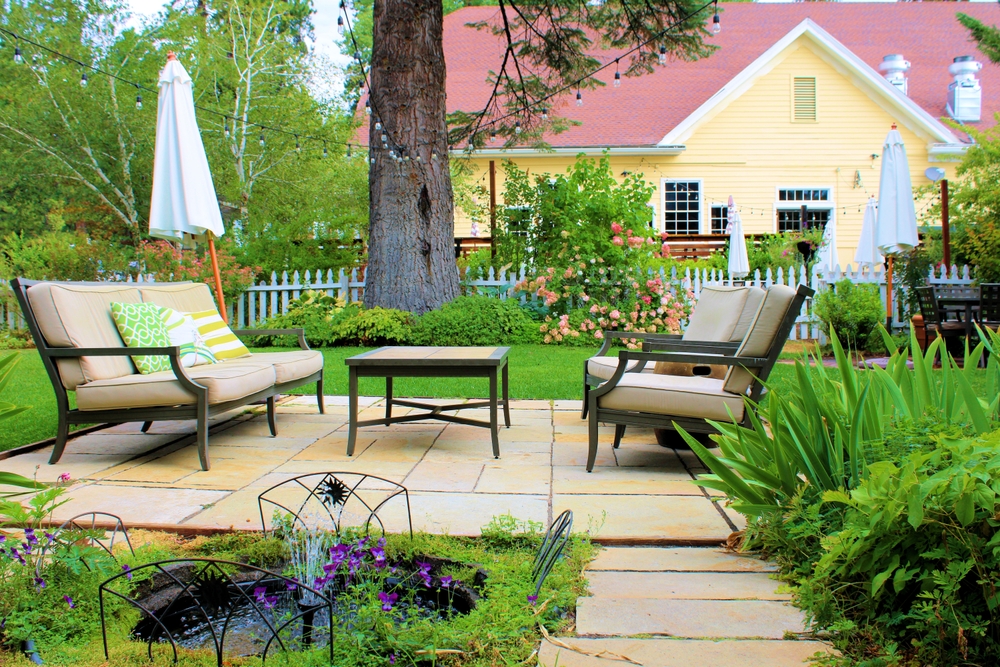
Modular furniture offers flexibility, allowing you to reconfigure your seating and storage arrangements as needed. These pieces can be easily moved and stacked, making them perfect for small spaces. Modular furniture often includes storage compartments, adding functionality to your garden. This type of furniture is ideal for creating different garden setups depending on the occasion. It combines practicality with style, making your small garden more versatile.
Balcony Railing Planters
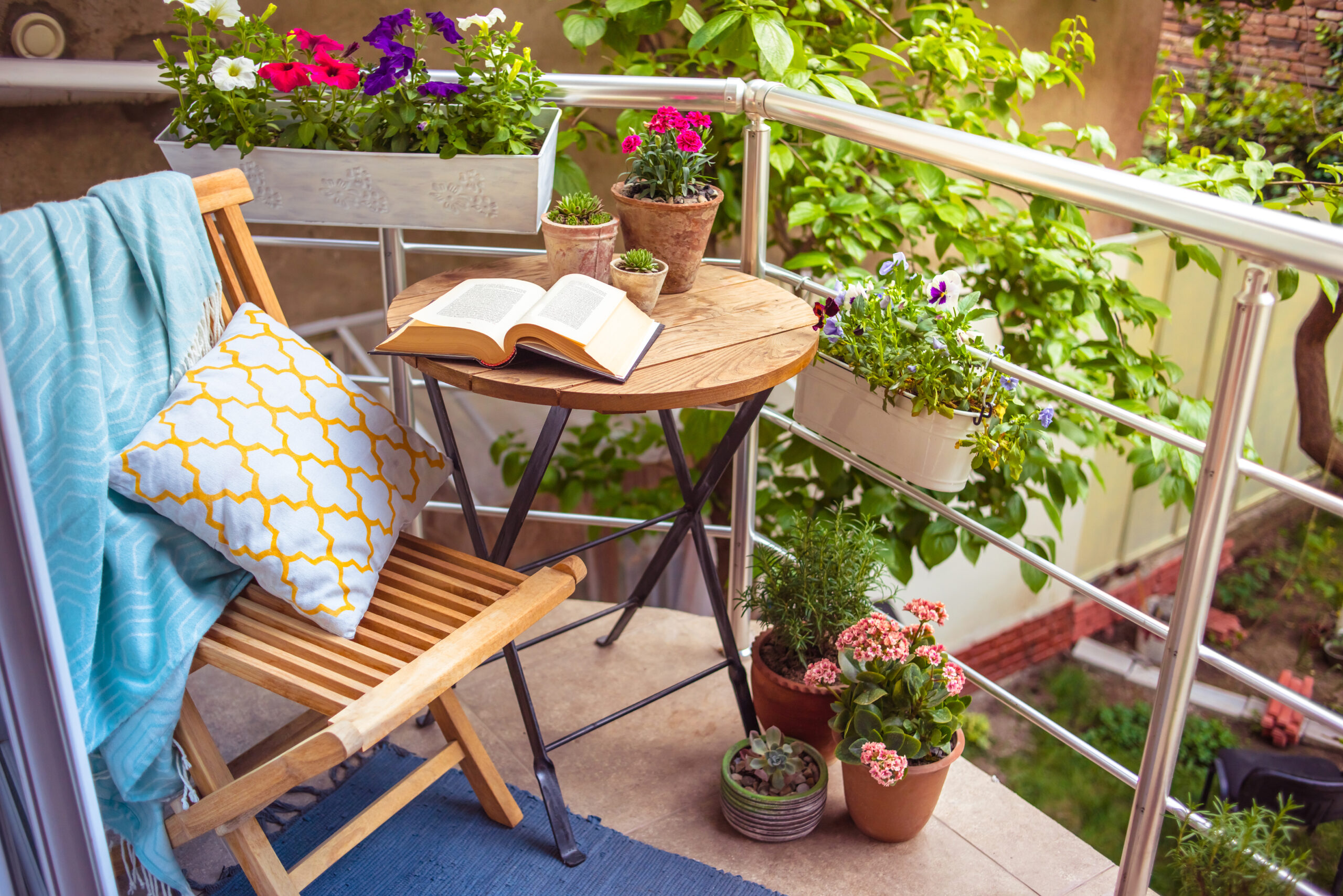
Balcony railing planters are an excellent way to maximize vertical space in small gardens. These planters attach directly to the railing, freeing up floor space for other uses. They are ideal for growing flowers, herbs, and small vegetables. Balcony planters come in various sizes and styles, allowing you to customize your garden’s look. This solution is perfect for urban dwellers with limited outdoor space.
Garden Benches with Storage
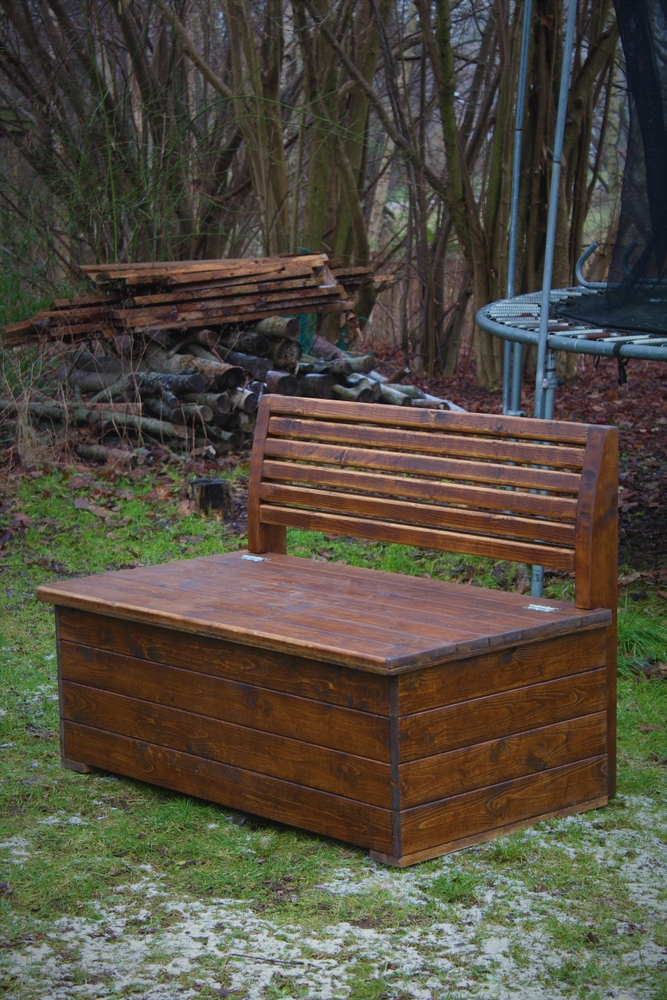
Garden benches that double as storage units are a practical addition to small gardens. These benches provide seating while also offering a place to store tools, cushions, and other garden essentials. Look for benches made from weather-resistant materials to ensure they withstand the elements. This dual-purpose furniture helps keep your garden organized and clutter-free. It’s a smart way to combine functionality with comfort.
Narrow Pathways
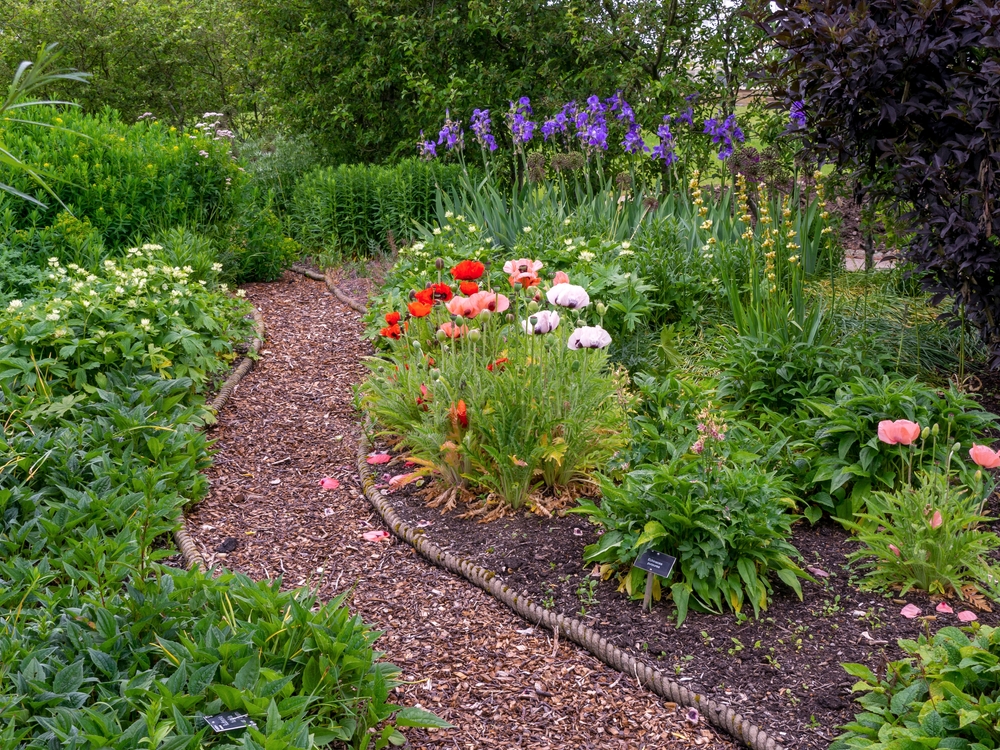
Creating narrow pathways through your garden can make the space feel larger and more organized. Use materials like gravel, stepping stones, or wood chips to define the paths. A winding or zig-zag path can add interest and make the garden appear more expansive. Narrow pathways also help divide the garden into distinct areas, making the most of the available space. This technique is particularly effective in long, narrow gardens.
Reflective Surfaces
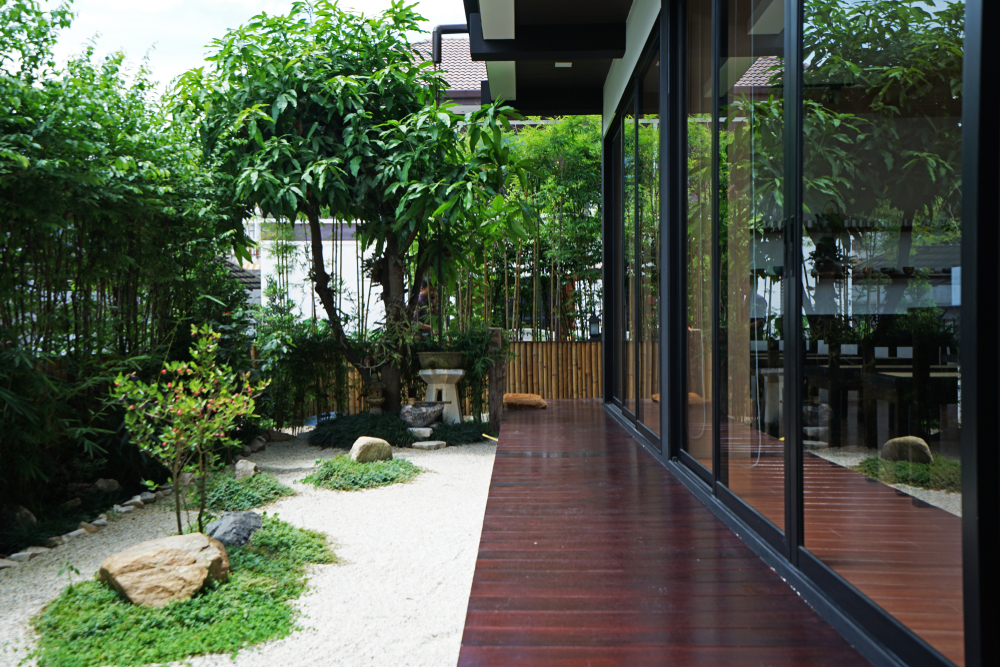
Incorporating reflective surfaces into your garden design can make the space feel brighter and larger. Use materials like glass, metal, or water to reflect light and greenery. Reflective surfaces can be incorporated into planters, garden art, or water features. This approach adds depth and interest to small gardens, enhancing their visual appeal. It’s a subtle yet effective way to maximize the impact of your garden design.
Miniature Trees
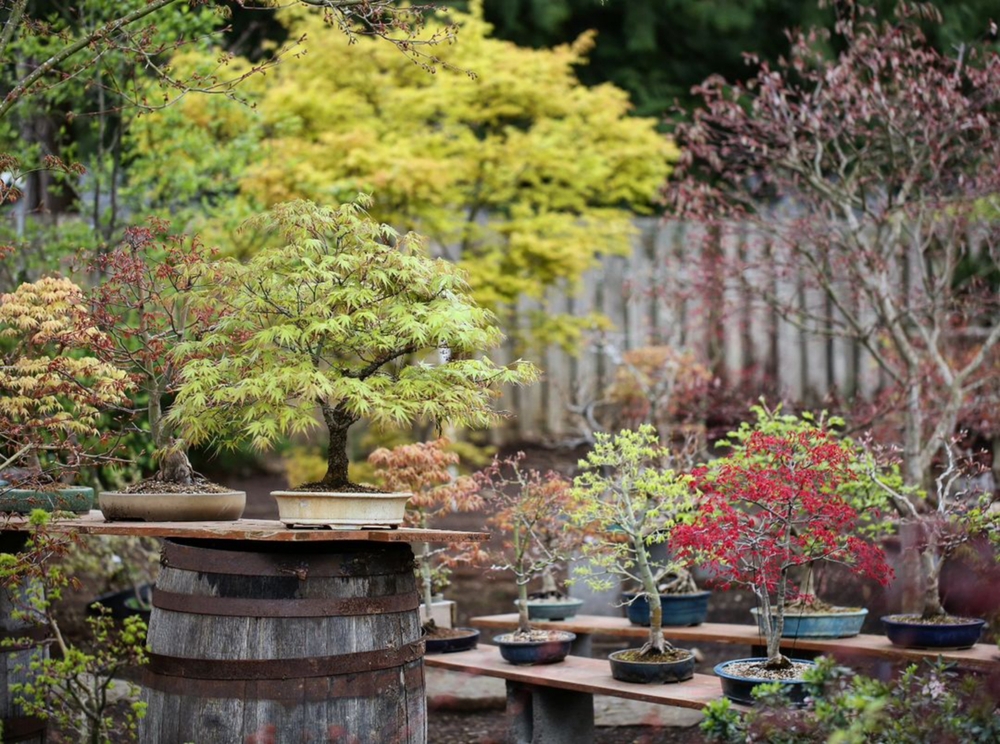
Planting miniature or dwarf trees is a great way to add height and structure to your small garden without overwhelming the space. These trees provide the same visual impact as larger trees but on a smaller scale. Examples include dwarf Japanese maples or miniature fruit trees. Miniature trees can be planted in containers or directly in the ground, depending on your garden layout. They add vertical interest and can act as focal points in your garden.
Edible Landscaping
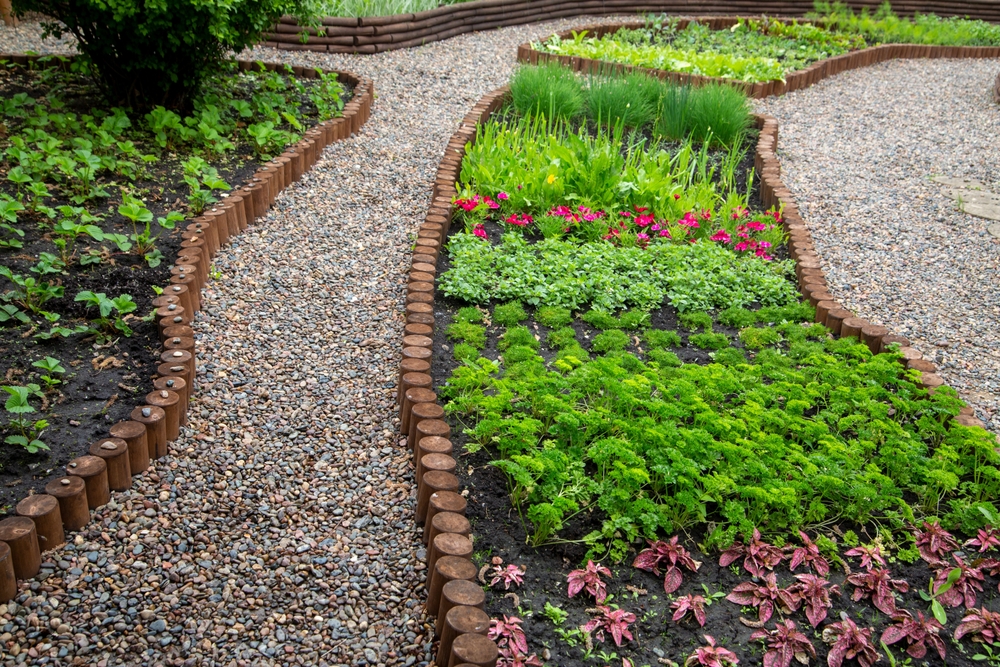
Edible landscaping blends beauty and functionality by incorporating fruit trees, berry bushes, and edible flowers into your garden design. This approach allows you to enjoy fresh produce while also enhancing the visual appeal of your garden. Edible plants can be mixed with ornamental plants to create a lush, productive landscape. This method is particularly useful in small gardens where space is at a premium.
Garden Trellises
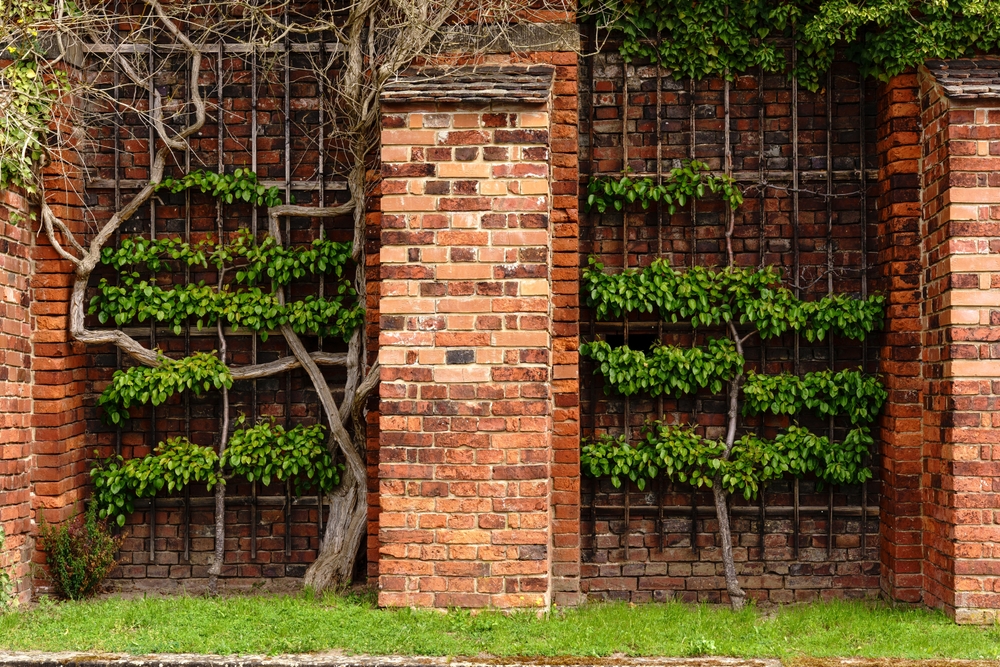
Using garden trellises to support climbing plants is an excellent way to add greenery without taking up floor space. Trellises can be placed against walls, fences, or free-standing in the garden. They are ideal for growing plants like roses, clematis, and cucumbers. Trellises also add vertical interest and can help define different areas of your garden. This technique is perfect for small spaces where ground space is limited.
Stackable Planters
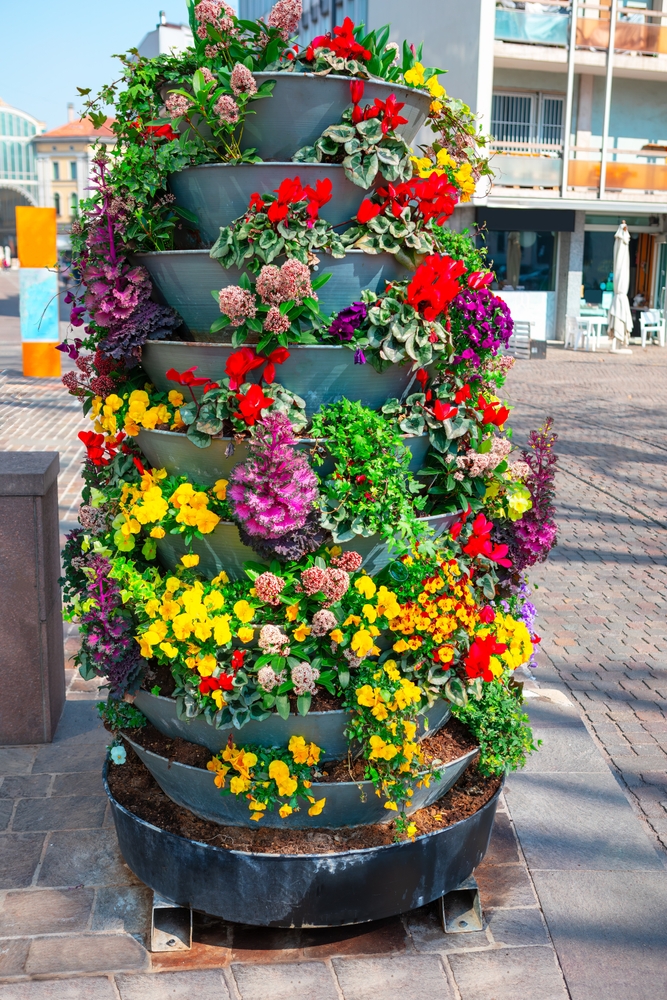
Stackable planters are an innovative way to grow more plants in less space. They consist of multiple levels of pots that can be stacked on top of each other, making them ideal for small gardens or balconies. Each level can host different plants, and the entire structure can be rotated to ensure even sunlight distribution. These planters are particularly good for growing herbs, strawberries, or succulents. Ensure that the base is stable to prevent tipping, especially in windy conditions.
This article originally appeared on RetailShout.
More From RetailShout
28 Healthy Lunch Ideas That Require Minimal Prep
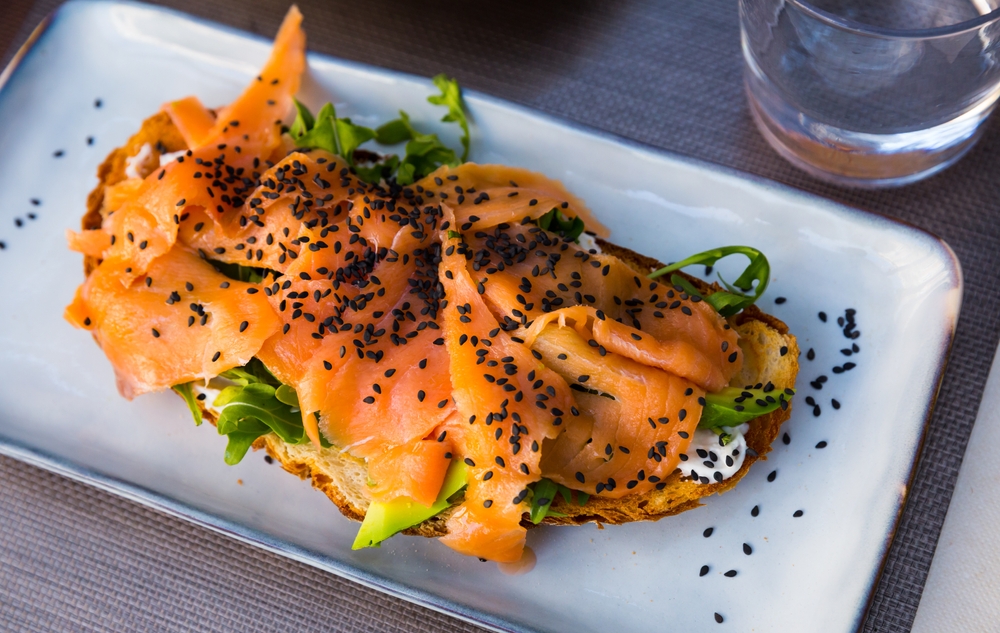
Eating healthy doesn’t have to be complicated or time-consuming. Sometimes, the simplest meals are the most satisfying. Whether you’re at work, on the go, or just relaxing at home, having a list of quick and nutritious lunch ideas can make life so much easier. Read More.
15 Creative Gift Ideas You Can Put Together from Dollar Tree
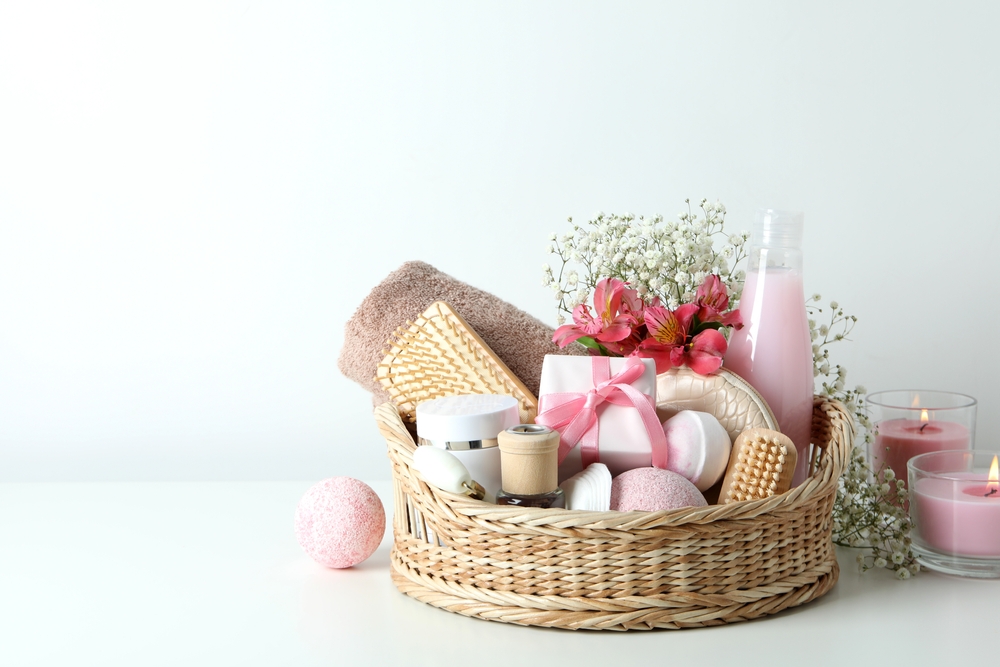
Finding thoughtful and creative gifts doesn’t have to be expensive or complicated. Dollar Tree is a treasure trove of budget-friendly items that, with a little creativity, can be turned into amazing gifts for any occasion. Read More.
26 No-Bake Treats to Satisfy Your Sweet Tooth
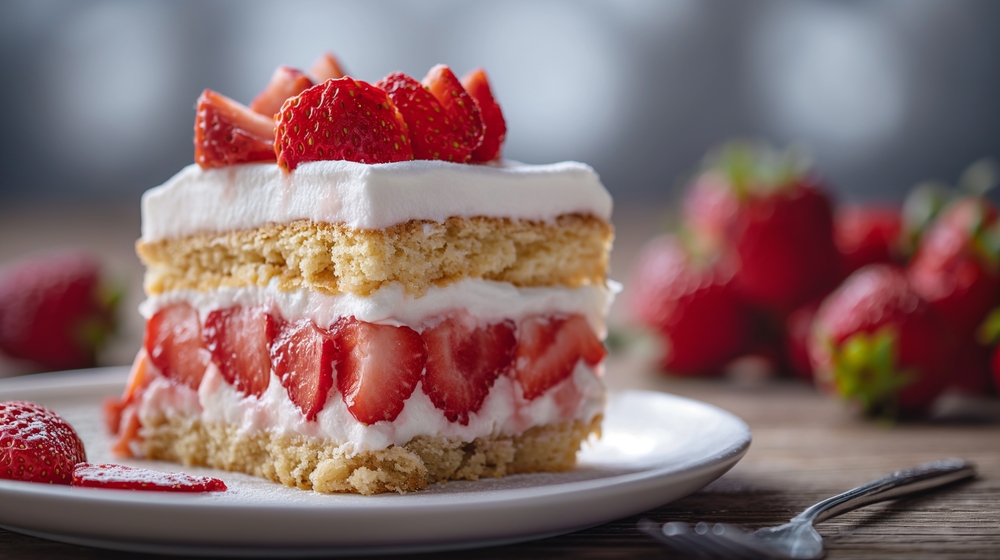
Craving something sweet but don’t want to deal with the oven? No worries! Whether you’re in a hurry, it’s too hot to bake, or you just want something easy, these no-bake treats are perfect for satisfying your sweet tooth. Read More.

